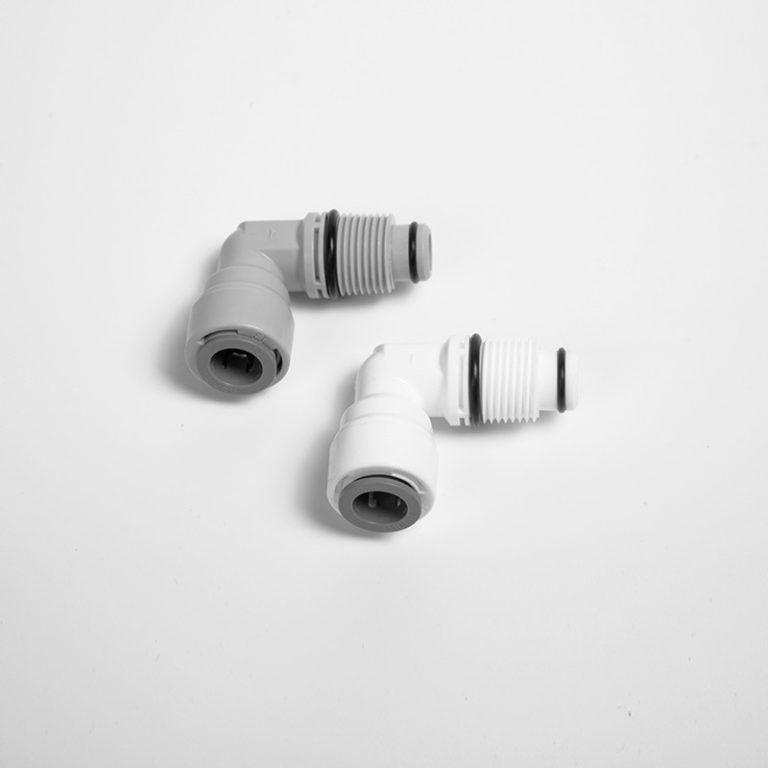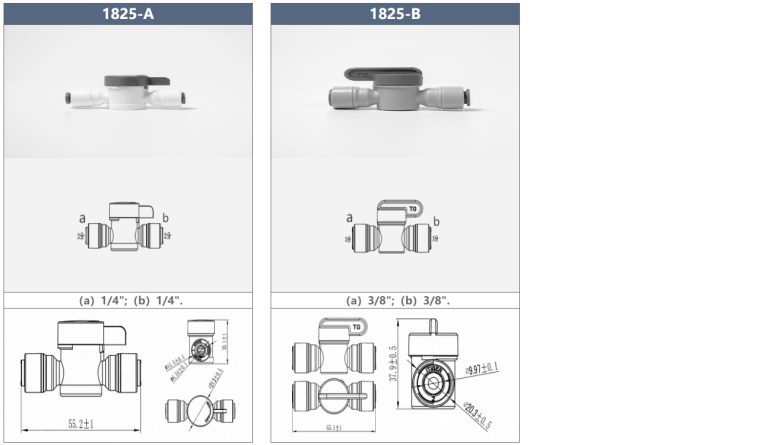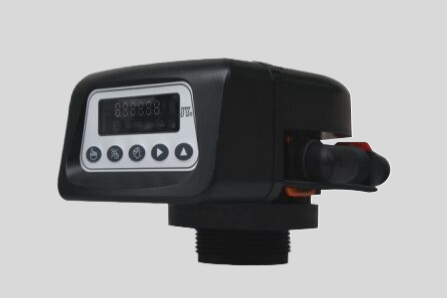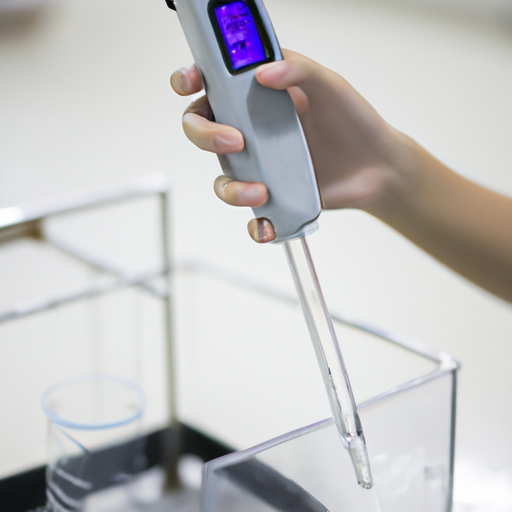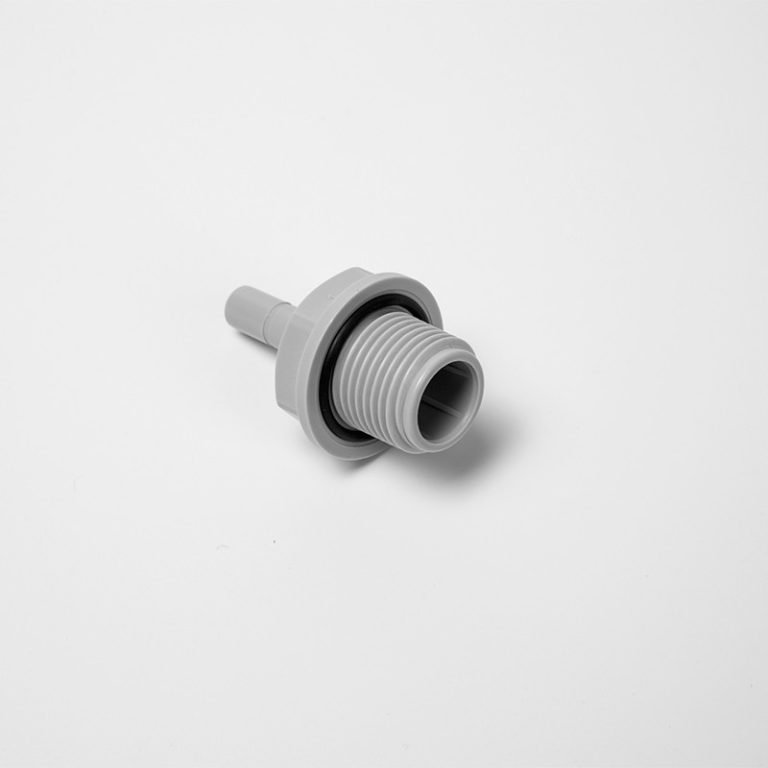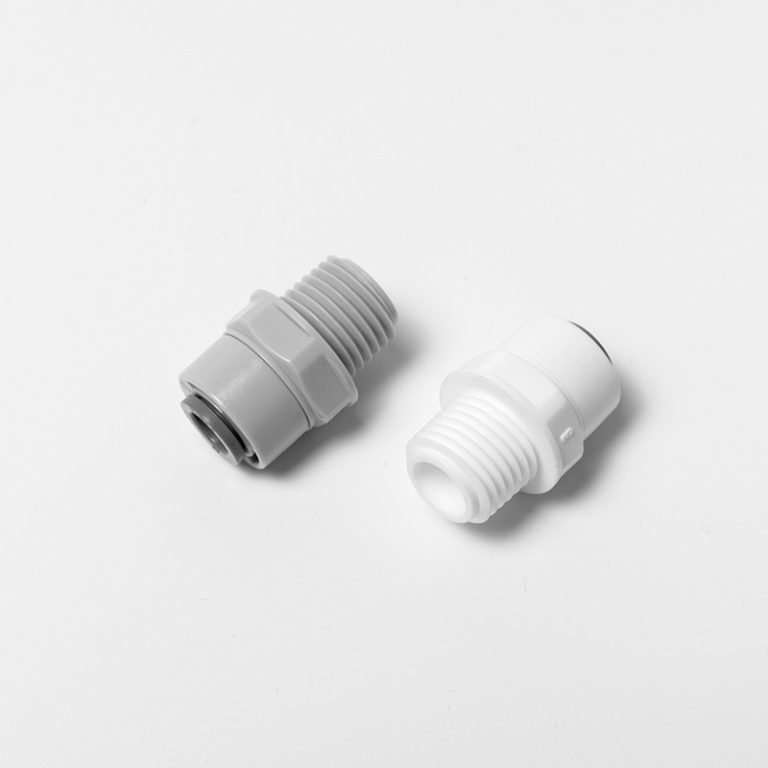Table of Contents
Pros and Cons of Using PVC Conduit Pipe and Fittings in Electrical Installations
PVC conduit pipe and fittings are commonly used in electrical installations due to their durability, affordability, and ease of installation. However, like any material, there are both pros and cons to using PVC conduit pipe and fittings in electrical systems.
One of the main advantages of PVC conduit pipe and fittings is their cost-effectiveness. PVC is a relatively inexpensive material compared to metal conduits, making it a popular choice for budget-conscious projects. Additionally, PVC conduit pipe and fittings are lightweight and easy to work with, reducing labor costs and installation time.
Another benefit of PVC conduit pipe and fittings is their durability. PVC is resistant to corrosion, moisture, and chemicals, making it ideal for outdoor and underground installations. PVC conduit pipe and fittings also have a high impact resistance, reducing the risk of damage during installation or maintenance.
In addition to their durability, PVC conduit pipe and fittings are also non-conductive, providing a safe option for electrical installations. PVC does not conduct electricity, reducing the risk of electrical shock or short circuits. This makes PVC conduit pipe and fittings a popular choice for residential and commercial projects where safety is a priority.
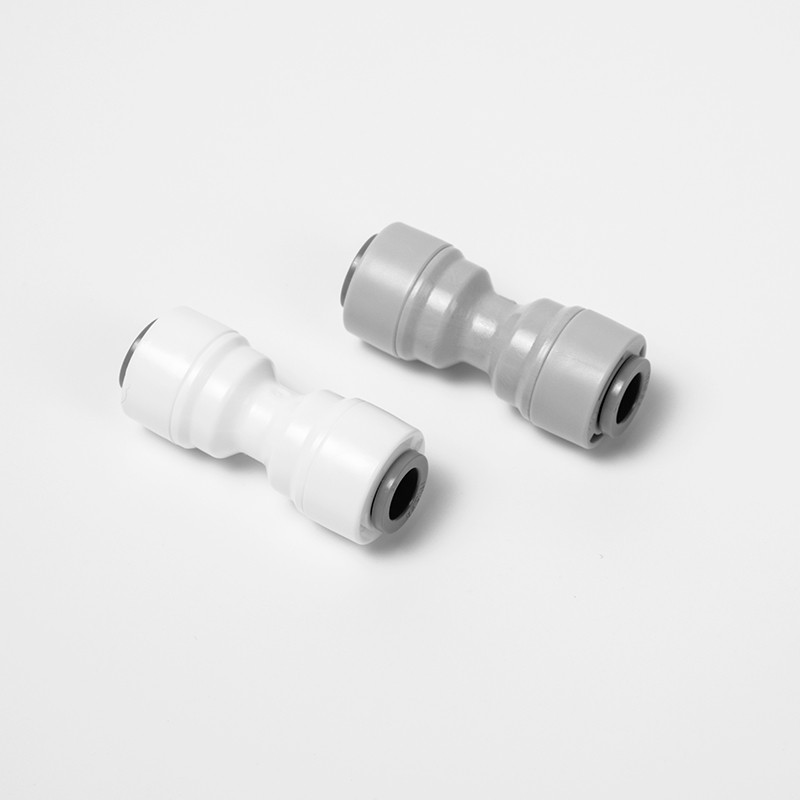
Despite these advantages, there are some drawbacks to using PVC conduit pipe and fittings in electrical systems. One of the main concerns with PVC is its temperature limitations. PVC has a lower temperature rating compared to metal conduits, making it unsuitable for high-temperature environments or applications. PVC conduit pipe and fittings can become brittle and crack when exposed to extreme heat, potentially compromising the integrity of the electrical system.
Another disadvantage of PVC conduit pipe and fittings is their limited flexibility. PVC is a rigid material, making it difficult to bend or shape around obstacles. This can be a challenge in installations where conduit needs to navigate tight spaces or complex layouts. In these situations, metal conduits may be a more suitable option due to their flexibility and bendability.
In addition to their limited flexibility, PVC conduit pipe and fittings are also susceptible to UV degradation. When exposed to sunlight, PVC can become brittle and discolored over time. This can weaken the conduit and reduce its lifespan, requiring more frequent maintenance or replacement.
In conclusion, PVC conduit pipe and fittings have both pros and cons when used in electrical installations. While PVC is a cost-effective, durable, and safe option for many projects, it does have limitations in terms of temperature resistance, flexibility, and UV degradation. It is important to weigh these factors carefully when choosing the right conduit material for your electrical system. Ultimately, the decision to use PVC conduit pipe and fittings will depend on the specific requirements of your project and the environmental conditions it will be exposed to.
How to Properly Install and Maintain PVC Conduit Pipe and Fittings for Longevity
PVC conduit pipe and fittings are essential components in electrical systems, providing protection and organization for wires and cables. Proper installation and maintenance of these components are crucial to ensure the longevity and efficiency of the electrical system. In this article, we will discuss how to properly install and maintain PVC conduit pipe and fittings to maximize their lifespan and functionality.
| Model | Tube(a) | Stem(b) |
|---|---|---|
| 1801-A | 1/4 | 1/4 |
| 1801-C | 1/4 | 3/10 |
When installing PVC conduit pipe and fittings, it is important to follow the manufacturer’s instructions carefully. Start by measuring and cutting the conduit pipe to the desired length using a hacksaw or PVC pipe cutter. Make sure to deburr the cut edges to prevent damage to the wires during installation. Next, insert the wires into the conduit pipe and secure them in place using appropriate fittings such as couplings, elbows, and connectors.
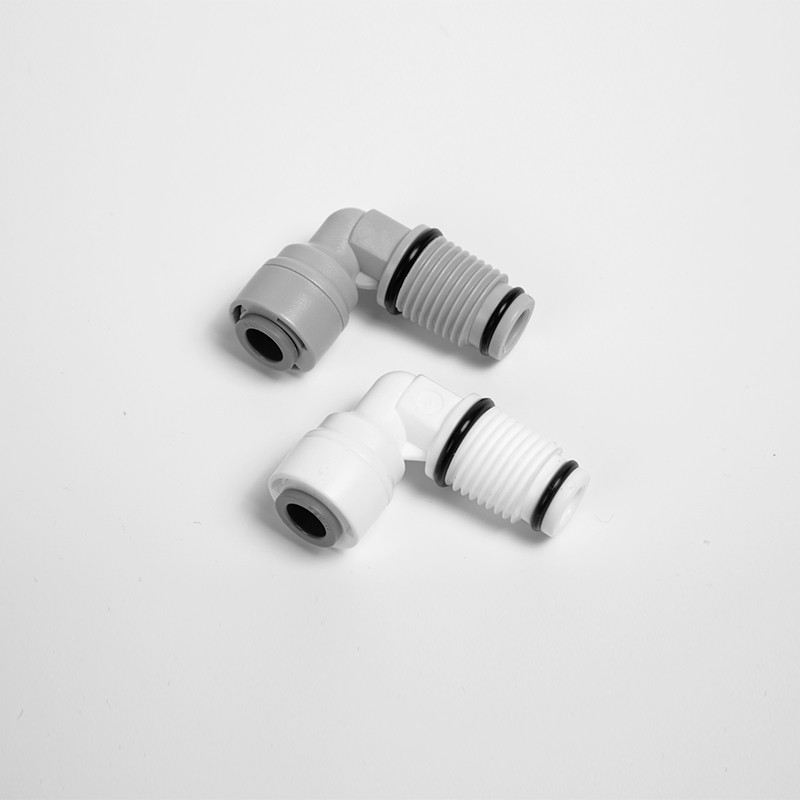
Once the wires are properly secured in the conduit pipe, it is time to install the fittings. Begin by applying PVC cement to the ends of the conduit pipe and fittings, then join them together firmly. Make sure to align the fittings properly to ensure a tight and secure connection. Allow the cement to dry completely before proceeding with the installation.
| Model | Tube(a) | Stem(b) |
|---|---|---|
| 1801-A | 1/4 | 1/4 |
| 1801-C | 1/4 | 3/37 |
After the PVC conduit pipe and fittings are installed, it is important to regularly inspect and maintain them to prevent any issues or damage. Check for any signs of wear, corrosion, or damage to the conduit pipe and fittings. Replace any damaged components immediately to avoid potential hazards or malfunctions in the electrical system.
In addition to regular inspections, it is also important to keep the PVC conduit pipe and fittings clean and free of debris. Use a damp cloth or mild detergent to clean the surfaces of the conduit pipe and fittings regularly. Avoid using harsh chemicals or abrasive materials that could damage the PVC material.
Properly securing the PVC conduit pipe and fittings is essential to prevent any movement or shifting that could lead to damage or disconnection of the wires. Use appropriate fasteners and supports to secure the conduit pipe to the wall or ceiling, ensuring that it is stable and secure.
In conclusion, proper installation and maintenance of PVC conduit pipe and fittings are essential for the longevity and efficiency of electrical systems. By following the manufacturer’s instructions, regularly inspecting and maintaining the components, and keeping them clean and secure, you can ensure that your PVC conduit pipe and fittings will provide reliable protection and organization for your wires and cables for years to come.

